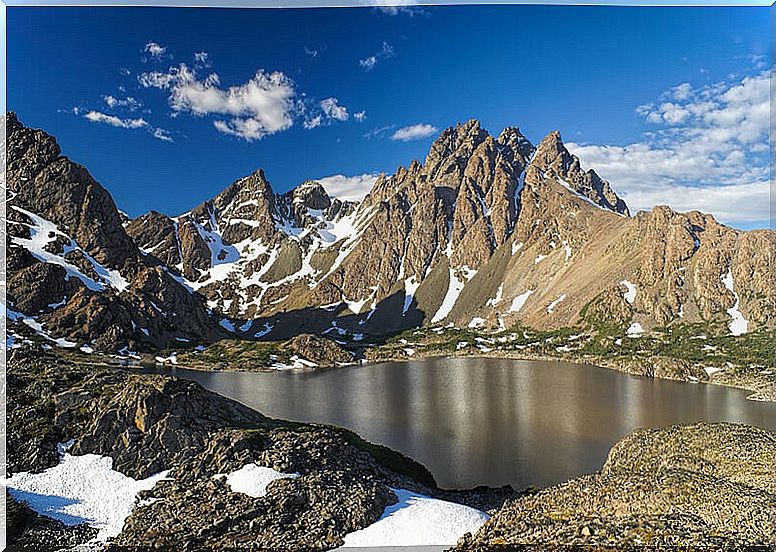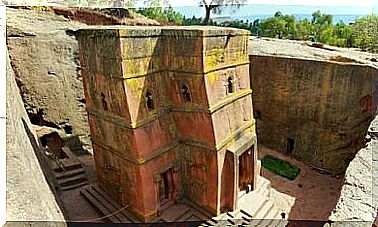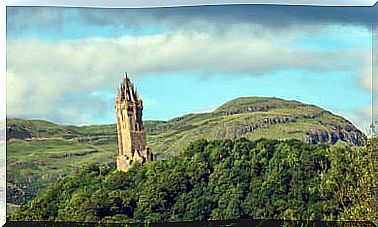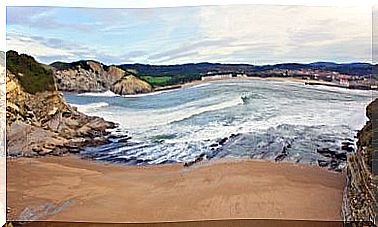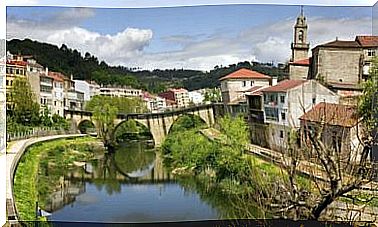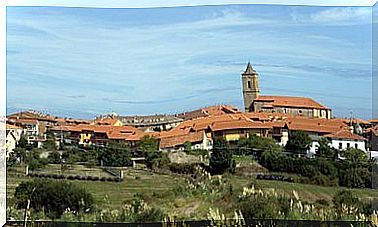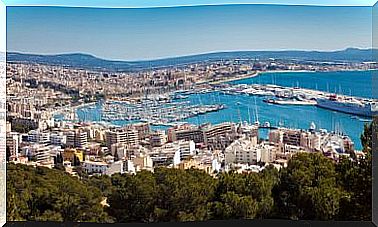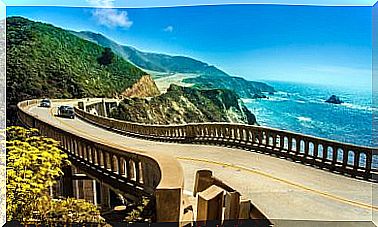The Secrets Of Bouvet, The Most Remote Island On The Planet
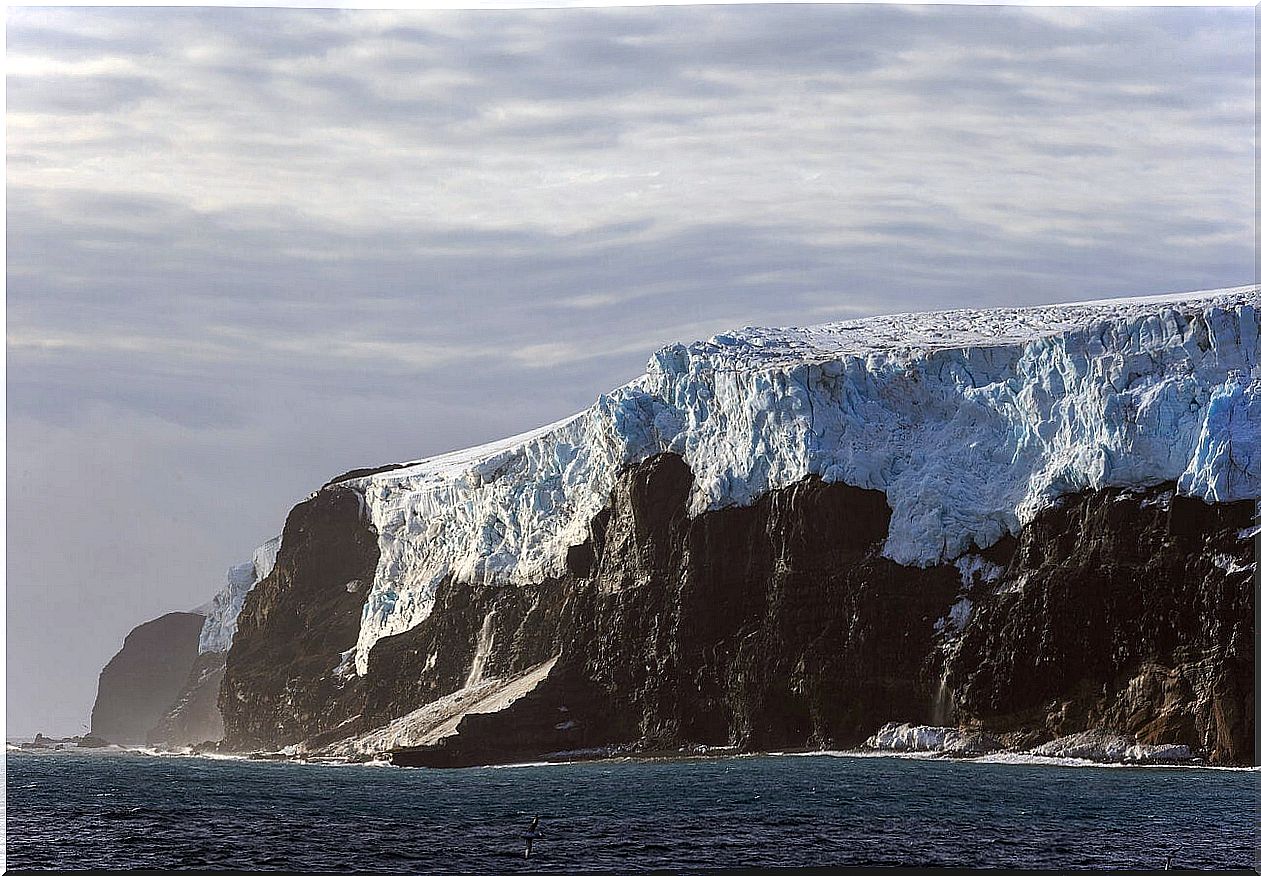
Bouvet is the most remote and uninhabited island on the planet. It is located 1750 kilometers from Antarctica, so most of its territory remains covered by glaciers. Its center is occupied by an inactive volcano, baptized as the plateau of Guillermo II.
Bouvet Island has long awakened the imagination of many writers who have created and published stories of various kinds. The island has also served as the setting for the filming of several films.
The discovery of Bouvet Island
Bouvet Island was discovered by Jean Baptiste Charles Bouvet de Lozier, of French origin, in 1739, while he was leading an expedition aboard the ship Aigle . In his blog, Bouvet did not correctly record the location of the island, which caused confusion.
This captain was after what was then known as Terra Australis Ignota or ‘the unknown land of the south’. This was a theoretical continent created in classical Greece that posited the existence of a large land mass in the southern hemisphere. This should serve as a counterweight to that existing in the northern hemisphere to validate the idea of geometric symmetry of the Earth.
It is not clear why the English captain James Cook left South Africa in 1772 for Bouvet Island. The truth is that he undertook this mission and, upon reaching the location registered by Bouvet, he found nothing and abandoned the search.
By 1808, the English captain James Lindsay, who worked for a whaling company, would rediscover and correctly locate the position of the island. This led to the place being called Lindsay Island for some time, as the confusion persisted.
A Norwegian territory?
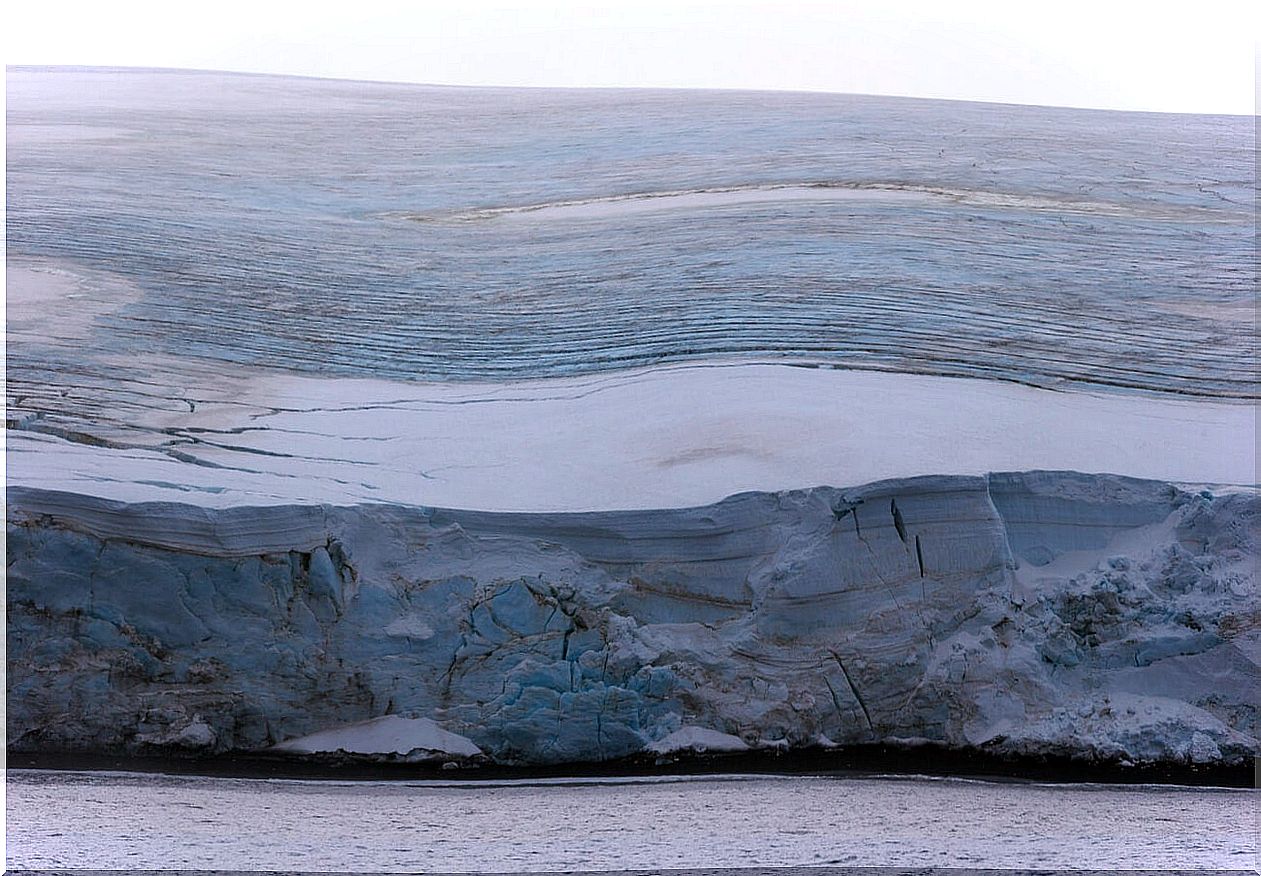
In 1822, the American captain Benjamin Morrell, who commanded the Wasp boat , arrived on the island only to hunt seals and take their skins. Subsequently, the English captain Norris sighted and renamed the site Liverpool Island and claimed it as a territory for the United Kingdom in 1825.
Later, the German biologist and explorer Carl Chun visited the island aboard the Valdivia in 1898, but did not disembark there. Finally, Captain Lars Christiansen, with his namesake vessel, stayed on the island for a month and claimed the territory for the Kingdom of Norway.
During the year 1927, a Royal Decree was issued officially annexing Bouvet Island to Norwegian territory. Although the territory had been claimed by the United Kingdom in 1825, this country renounced the island in 1928. Two years later, in an administrative act, Norway declared the island as a Norwegian dependency, but not as part of its territory.
Questions without answer
By 1964, an abandoned vessel was discovered along with remnants of supplies. However, for many years it was not possible to establish what had happened to its occupants; nor could the nationality of the ship be determined.
After several investigations carried out recently, it was discovered that it may have been a Soviet expedition launched in 1958. Its crew was stuck due to bad weather and would have been rescued by a helicopter.
Another hypothesis suggests that it was a group of radio amateurs from the United States. These were led by Gus Browning, in 1962, without it being clear what they were doing there.
Either way, both conjectures are vague and without a reasonable grip to hold them true. For this reason, the explanation of the abandoned boat on Bouvet Island will remain a mystery.
The persistence of the questions
Norway declared Bouvet Island and its maritime territory a nature reserve in 1971. Although the island remained uninhabited, it was decided to build a meteorological station there in 1977.
Inexplicably, two years later flashes of intense light were detected in satellite photographs in the vicinity of Bouvet Island. Although these flashes are typical of nuclear explosions, even today there is no explanation for the fact.
What was confirmed later was the destruction of the meteorological station, but climatic reasons were attributed. The same happened with a research station built in 1994, which was supposedly disappeared by strong winds.
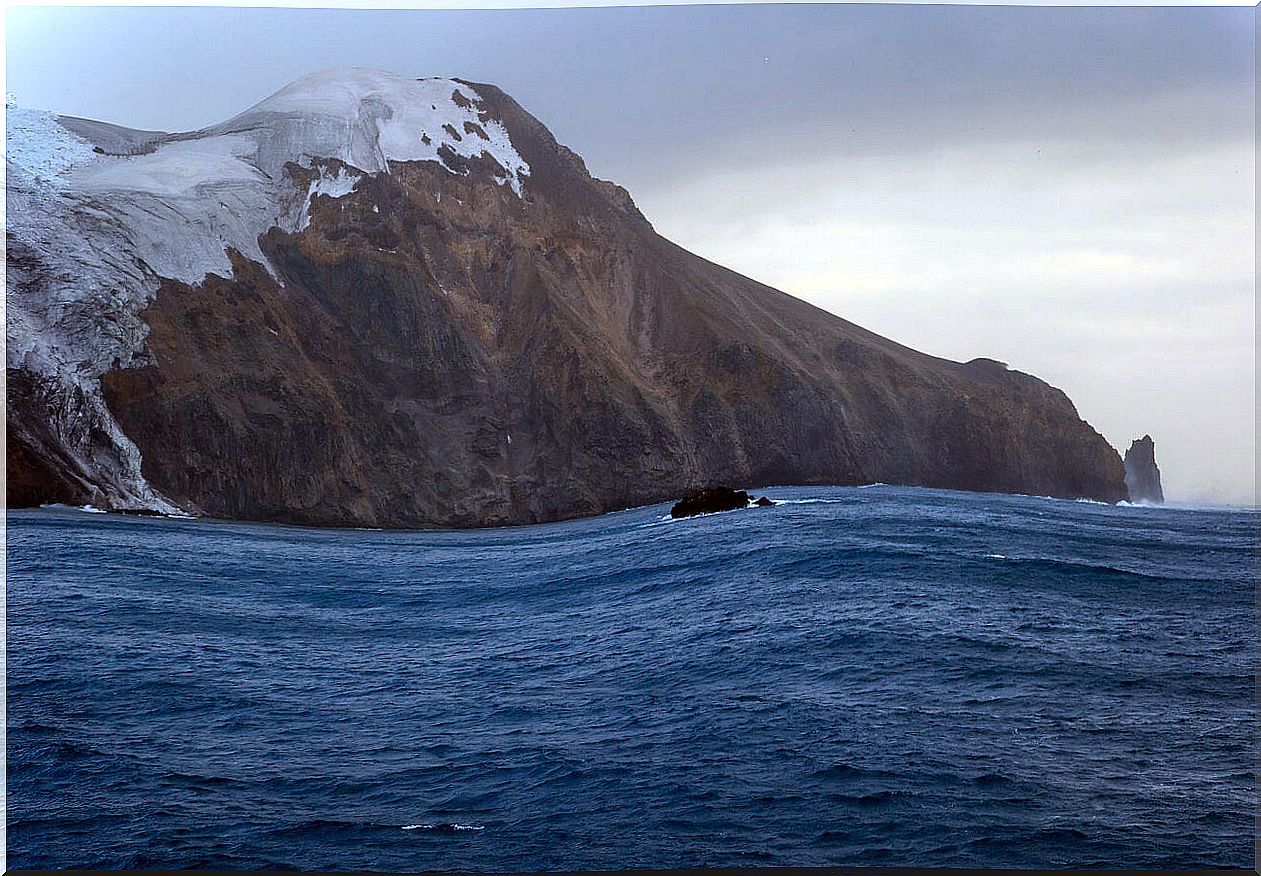
In the midst of this context, a team of climbers led by Jason Rodi decided to climb Olav Peak, in 2012, and thus became the first to do so. They buried a time capsule there with the predictions for the year 2062. It is surprising that they repeated their feat the next day, arguing the good weather.
Scientific interest in Bouvet Island
Bouvet Island is dominated by strong winds, fog, and dense clouds. Additionally, 93% of its territory is covered by glaciers that form huge cliffs. Its black beaches, the result of volcanic eruptions, occupy the remaining 7% of its territory.
That is why landing on the island is a nightmare; the safest way to do this is from a helicopter. Still, Bouvet Island sparks the scientific interest of several nations, especially for what it can reveal about Antarctica’s past. Likewise, its location and the very particular characteristics of its climate are of interest.
Different research groups are carrying out studies that seek to explain the relationship of the winds with the rise from the depth of the so-called hot waters. This phenomenon is known as “upwelling” and influences the melting of glaciers, as well as the rise in sea level. Undoubtedly, this island still has a lot to let us know.
